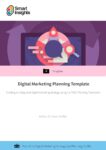Grow your IT/high-tech business across the 'internet of things' by applying these latest industry strategies for technology product marketing
What is product marketing?
Product marketing describes the management of all processes involved in taking a product to market. This field of marketing involves working with R&D, manufacturing, logistics, comms, and sales. Since your role is so closely tied to the products in your category, product marketers take the role of advocating for the customer when product-related decisions are made (positioning, launch, development, etc). In this blog, we will explore what makes technology product marketing different.
What is technology product marketing?
Technology product marketing refers to product marketing when your products are IT/high tech. Typically sold in a B2B environment, technology product marketing is renowned for extended stakeholder relations and, currently, an increasingly competitive market. Of course, the nature of IT/high tech means many technology products will be software. The growing Software as a Service sector is evidence of innovation in business models and customer-centered tech marketing.
What is the internet of things?
The Internet of Things (IoT) refers to the interconnected network of physical devices, vehicles, appliances, and other objects embedded with sensors, software, and connectivity, enabling them to collect and exchange data.
These interconnected devices can communicate and interact with each other via the internet, facilitating automated processes, data sharing, and remote control. IoT technology empowers devices to gather real-time information, enhance efficiency, and enable smarter decision-making.
This network extends across various sectors, including healthcare, transportation, agriculture, and smart homes, revolutionizing how devices operate, offering convenience, improving productivity, and paving the way for innovative applications in numerous industries.
How to use the RACE Framework for technology product marketing
The RACE Framework is a practical, data-driven marketing framework to support IT/high tech businesses in optimizing their results from your digital marketing. Ultimately, it’s about using customer and product knowledge to make your marketing more effective and accelerate your technology product's ROI.
Integrated across reach, act, convert and engage, our brand new marketing training is structured across the RACE Framework so you can rapidly apply tools and techniques to improve your marketing mix and drive results. Find out more.
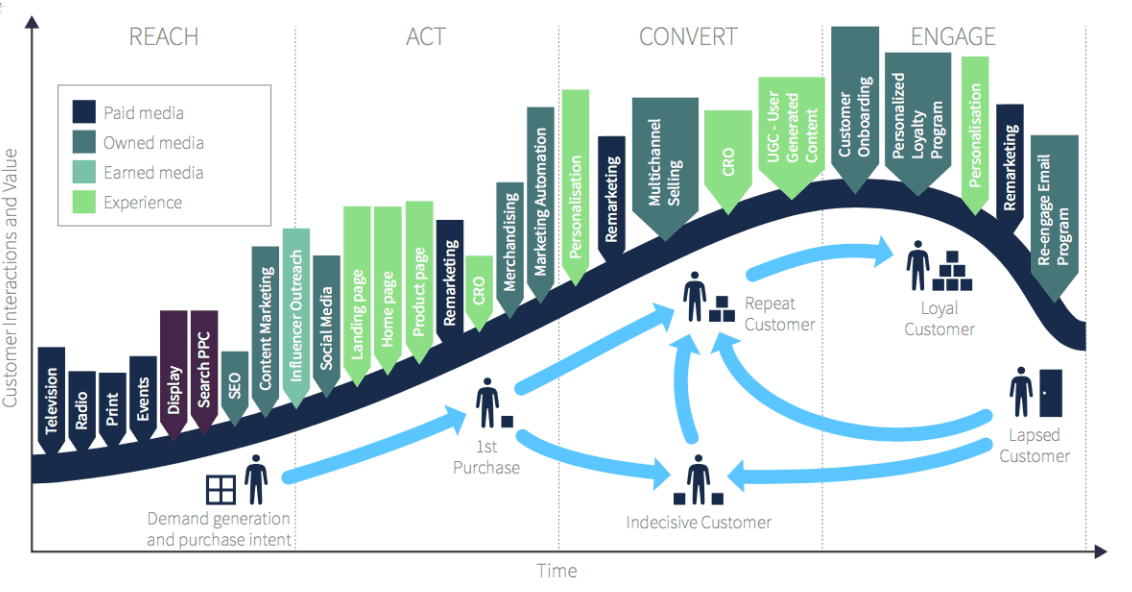 The technology product lifecycle
The technology product lifecycle
The technology product or software lifecycle follows the 4 stages of the product lifecycle, which covers all products and services. But, as a technology product marketer, your marketing mix will need to factor in sector trends. The stages are introduction, growth, maturity, decline. Let's get started.
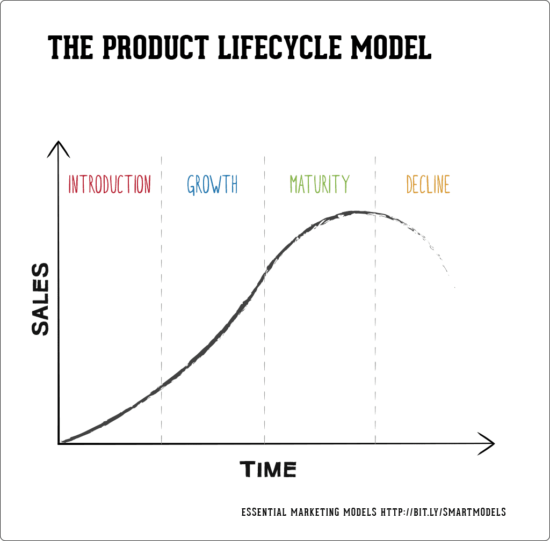
Introduction
The challenge for technology product marketing managers at this stage of the lifecycle is getting their product recognized and trusted by the right people. For many IT/high tech companies, working with influencers is a must. Digital Marketing Institute found that 40% of Twitter users made a purchase based on an influencer Tweet.
While influencers are still playing second fiddle to recommendations from friends (56%), during the introduction phase of your new tech product, influencers will help you expand your reach and start getting those conversations happening.
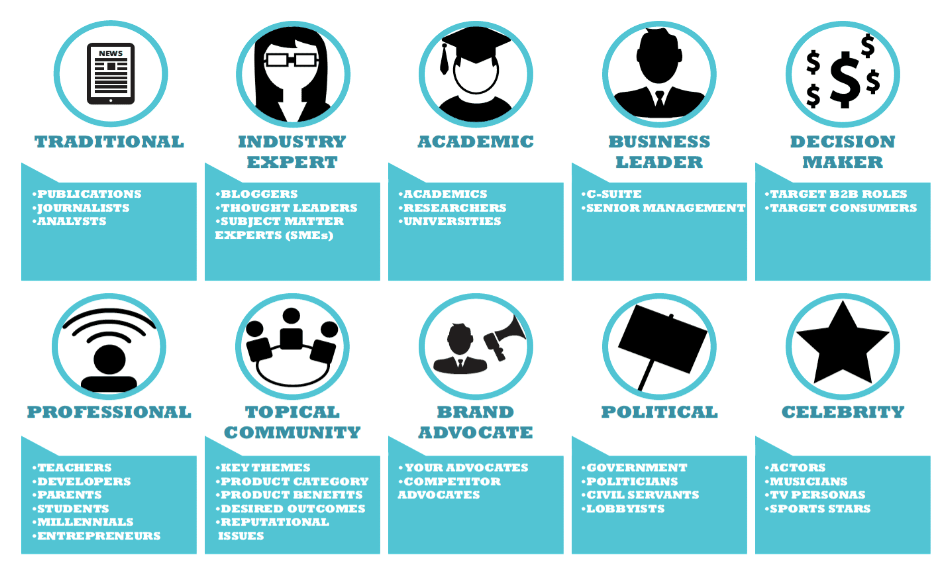
Our influencer marketing Learning Path module unlocks the strategic marketing tools you need to optimize your influencer marketing strategy including:
- Combining earned and owned media
- Different types of influencer you can use
- Influencer relationship management
What's more, all our Learning Path modules are integrated across the RACE Framework. RACE is a strategic marketing structure which supports IT/high-tech businesses to apply data and sector best practice throughout the customer journey to purchase.
Growth
Once your product is growing, you will want to tweak your technology product marketing strategy to ensure you reach maximum market penetration. Now your brand and positioning is firmly established, scaling up your marketing processes using marketing technology will help you fast-track your growth.
Deloitte's 2021 outlook for the US technology industry (which I think has relevance in many global technology industries) recommends modernizing capabilities to support future growth. Suggested capabilities include:
- XaaS (anything as a service, plus software as a service)
- Edge computing
- Accelerating adoption of cloud
Cloud adoption is not limited to only IT/high tech companies. In fact, by 2022, it is predicted that up to 60% of organizations will use an external service provider’s cloud-managed service offering. Gartner highlights that demand for strategic cloud service outcomes signals an organizational shift toward digital business outcomes. This is good news for marketers of all sectors wanting to encourage digital adoption in their own companies.
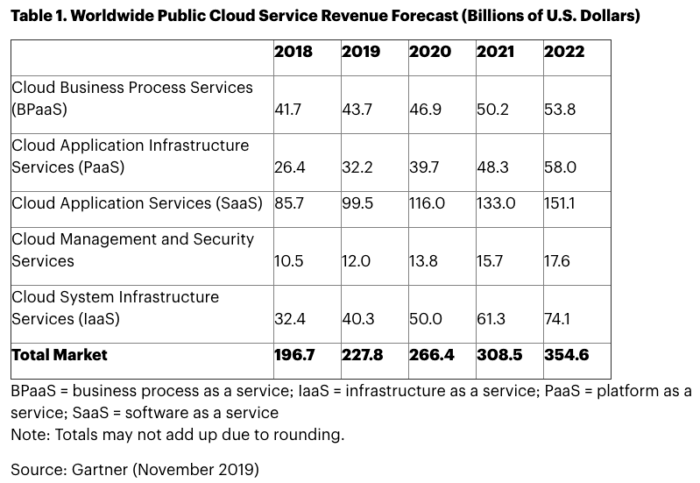
In light of the outlook, Deloitte has recommended that tech companies reevaluate business models in terms of digital transformation. By modernizing their internal capabilities, marketers can forge stronger and more direct external relationships with customers, partners, and stakeholders. You can join thousands of savvy marketers using their Smart Insights membership to do just that.
Digital Transformation for technology product marketing
Our increasingly popular Digital Transformation Learning Path empowers marketers with the expertise to manage digital strategy outside the 'traditional realm' of product marketing. When planning your technology product marketing strategy, it's useful to consider the practical implementation of Deloitte's recommended capabilities and other trends.
That's where our Digital Transformation Learning Path can help you. We've broken down the broad concept of digital strategy management into 6 areas:
- Planning and governance
- Goals and measurement
- Media
- Content
- Experience
- Conversational messaging
As you can see, this approach allows marketers and managers to integrate different digital transformation activities taking place in their company. Below we will explore the implications of Deloitte's recommendations for each area of your technology company's digital transformation.
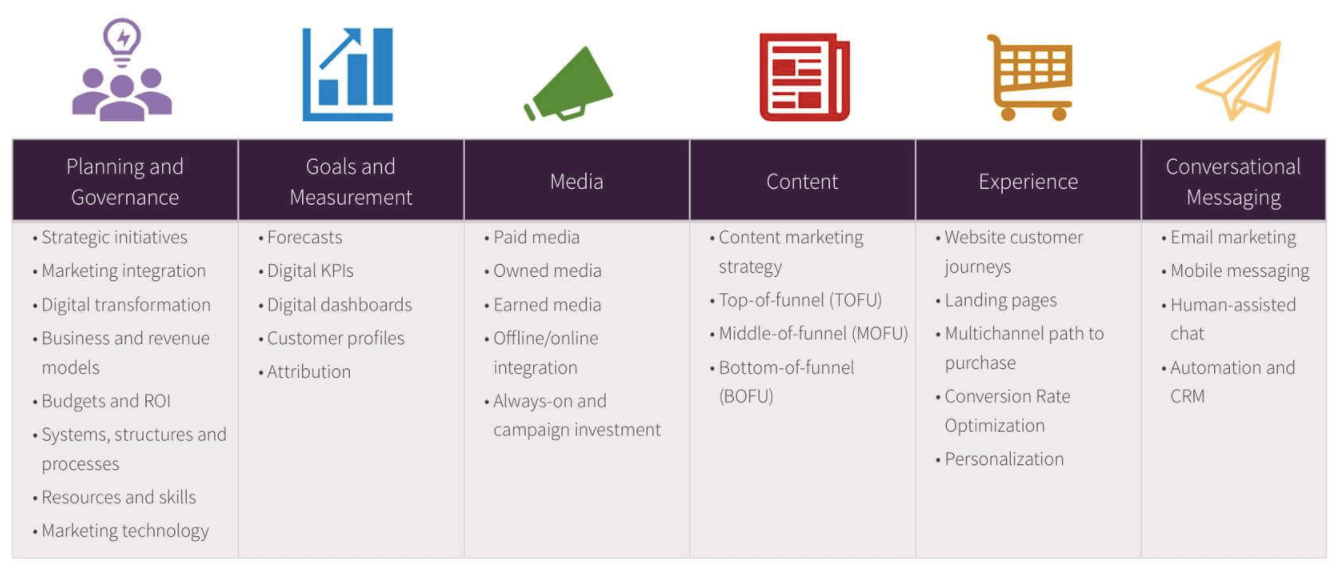
Naturally, if you're managing adoption of cloud you'll need to do so within a formal planning and governance structure, to integrate all marketing channels and platforms, otherwise the benefits are lost. We've got tools and templates to support important digital transitions such as these at both managerial and channel-specialist levels.
XaaS positioning transforms your customers' experiences of their technology products. Are you confident that you're adding value to the digital experience with your marketing? The service element also opens up new opportunities for conversational messaging and customer engagement. Edge computing will accelerate tracking and reporting, which can inform all other elements of the digital strategy such as personalized content, and automated messaging.
Access our Digital Transition Learning Path to upskill yourself and your team to manage much-needed organizational digital adoption.
Maturity
With maturity comes increased competition. Many technology product marketers at this stage choose positioning strategies such as differentiation from competitors, and price drops.
One tactic which can make a big difference here is social proof. After all, you will have built up a large loyal fan base by now - these customers are valuable to you both in terms of repeat purchases but also advocacy. Your customers are sharing every element of their experience of your technology product with other potential customers. So, improving customer service and encouraging advocacy allows you to take advantage of positive social proof.
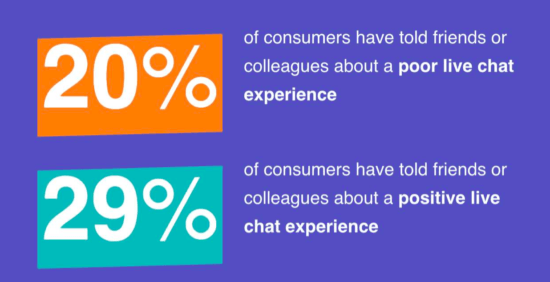
Did you know - the average consumer spends 13 minutes and 45 seconds reading reviews before making a decision? That's a lot of reviews! It goes without saying that we all want our customers to be satisfied with their technology product purchase. But, now more than ever, your existing customers' satisfaction is increasingly important for attracting new customers.
Sites such as TrustPilot and Amazon are a melting pot for customers and potential customers to discuss your product. That's why technology product marketers need to be involved in every element of customer service and customer success.
Our customer service and success Learning Path module unlocks the strategic marketing tools you need to optimize your customers' experiences of your technology product, including:
- Improving the quality of your customer service
- Benchmarking customer service performance
- Self-service, chatbots, and service automation
Decline
As your technology product declines, it's your role as product marketing manager to make decisions to protect your profits. That may include cutting down production and reallocating budget to other products. In some cases, you may update or rebrand/reposition your product, aiming to shift back into the growth stage of an even better proposition.
Technology product marketers can see products move through a life cycle rapidly due to constant innovation and improvements. We have tools for managing your technology product marketing such as the BCG matrix and Porter's 5 forces. Particularly for those working in the IT/high tech sector, I recommend utilizing Gartner's hype cycle get a more granular breakdown of emerging technologies.
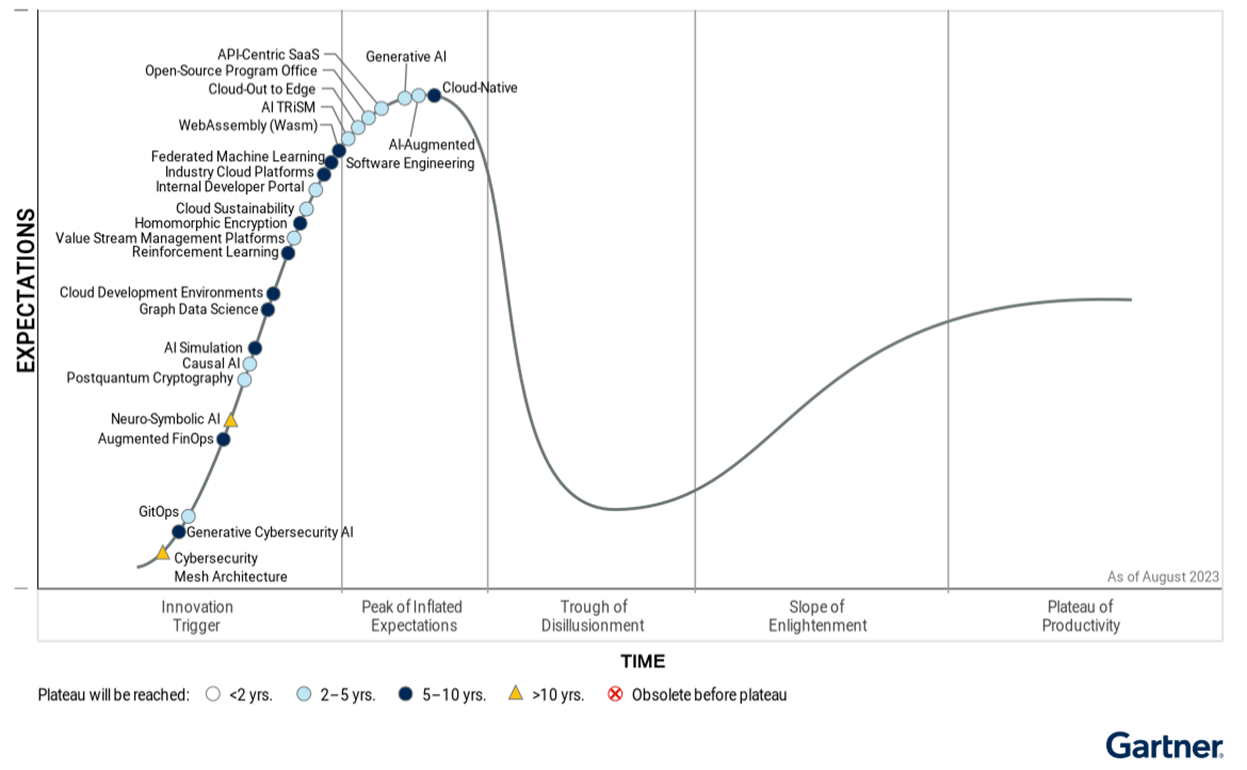
Smart Insights members can apply marketing models and frameworks to remain competitive in a challenging market. Plan and optimize your company's approach to digital media, digital experiences, and digital data so you can win more customers online. Use our Free digital marketing plan template to get started.
Free digital marketing plan template
Our popular marketing planning template is structured across the Smart Insights RACE Framework. Join Smart Insights as a Free Member to download our digital marketing plan template today
Access the Free digital marketing plan template
Your technology product marketing funnel
We recommend structuring your marketing funnel across the RACE Framework of reach, act, convert and engage.
The RACE framework is customer-centered. It follows the established marketing funnel journey from creating awareness; generating leads from new prospects; converting prospects to sale online or offline and encouraging loyalty, repeat sales and advocacy such as social sharing. As a technology product marketer, the RACE Framework helps you reach your objectives across your product's lifecycle.
Smart Insights members are applying the RACE Framework to structure their IT/high tech company's digital strategies. RACE integrates all the many paid, owned and earned inbound marketing activities plus digital experience, data and transformation.
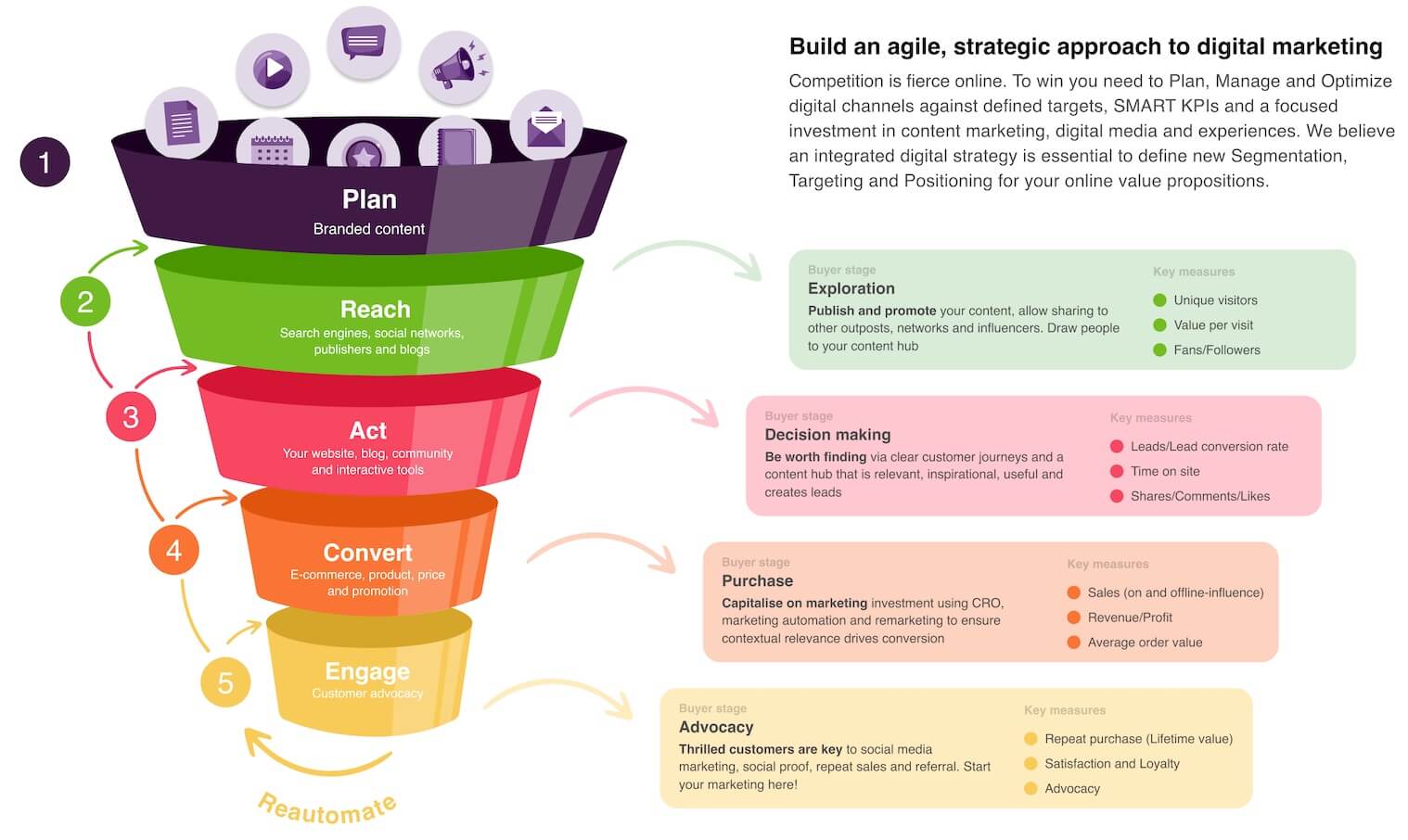
Find out what Smart Insights can do to help your IT/high tech company optimize your omnichannel strategy. Download our free digital marketing strategy plan to find out more.
Free digital marketing plan template
Our popular marketing planning template is structured across the Smart Insights RACE Framework. Join Smart Insights as a Free Member to download our digital marketing plan template today
Access the Free digital marketing plan template










